S-11
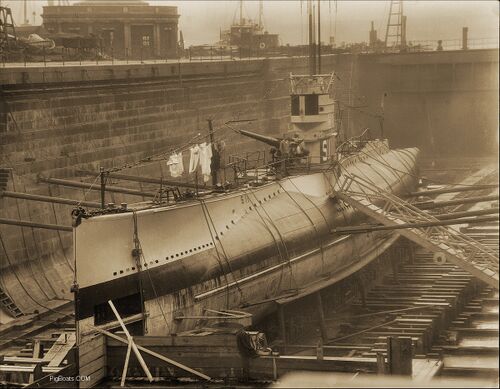
Courtesy of the Boston Public Library, Leslie Jones Collection.
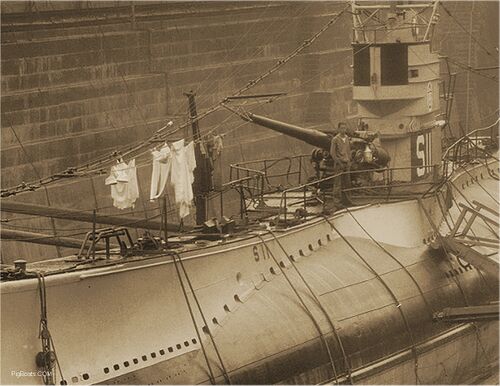
Courtesy of the Boston Public Library, Leslie Jones Collection.
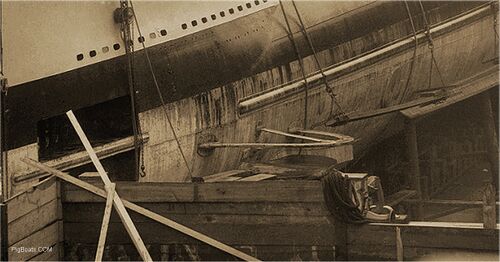
Courtesy of the Boston Public Library, Leslie Jones Collection.
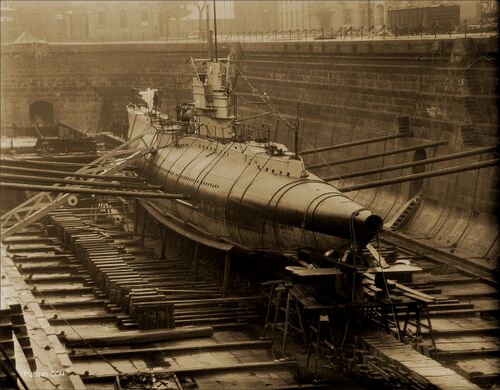
Just visible on the aft deck is a hump that covers new mufflers for her diesel engines. These mufflers are larger than the original ones, and are probably water cooled, necessitating the larger covering and the distinctive hump.
Courtesy of the Boston Public Library, Leslie Jones Collection.
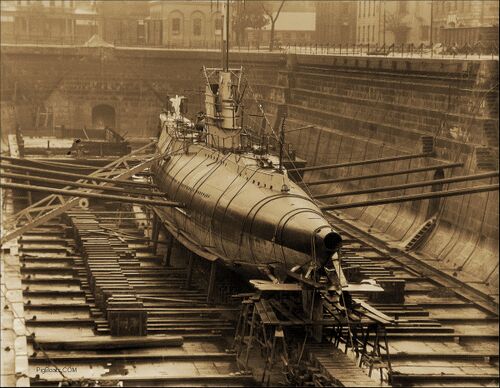
Courtesy of the Boston Public Library, Leslie Jones Collection.
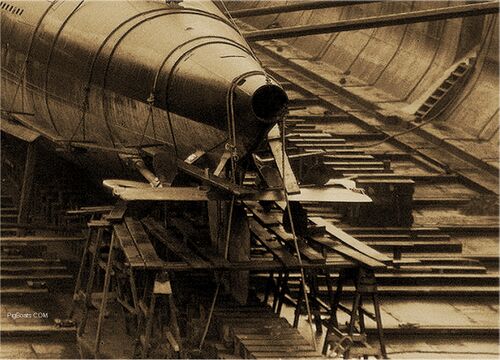
Courtesy of the Boston Public Library, Leslie Jones Collection.
Page created by:
Ric Hedman & David Johnston
1999 - 2023 - PigBoats.COM©
Mountlake Terrace, WA, Norfolk, VA
webmaster at pigboats dot com
